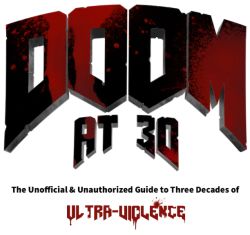 Between David Kushner’s Masters of Doom, Dan Pinchbeck’s Doom: SCARYDARKFAST, and John Romero’s Doom Guy, a lot of words have been written about the development of Doom and its impact on the rest of the games industry. But you’ll definitely want to make room on your digital shelves for at least one more upcoming book about id Software’s masterpiece.
Between David Kushner’s Masters of Doom, Dan Pinchbeck’s Doom: SCARYDARKFAST, and John Romero’s Doom Guy, a lot of words have been written about the development of Doom and its impact on the rest of the games industry. But you’ll definitely want to make room on your digital shelves for at least one more upcoming book about id Software’s masterpiece.
Doom At 30: The Unofficial and Unauthorized Guide to Three Decades of Ultra-Violence is the brainchild of Marc Normandin (Retro XP) and Trevor Strunk (No Cartridge), who have joined forces as No XP Publishing and gathered together more than a dozen writers to explore the franchise from every possible angle:
DOOM at 30: The Unofficial and Unauthorized Guide to Three Decades of Ultra-Violence will be a digital book, zine, whatever you want to call it, that takes a deep and complete look at the 30 years of the franchise. It will include reviews and discussions of every DOOM game — including the ones once thought lost to time, as well as modern add-on episodes like John Romero’s Sigil — the DOOM movies, and an array of features diving in from all angles. The tech, the WADs, the mods, the violence, the terror, its place in various genre canons, and, of course, DOOM 3 opinions. Many, many DOOM 3 opinions. DOOM at 30 might be unofficial and unauthorized, but we want it to be the definitive look back at the franchise’s first 30 years all the same, which is why there’s even more than what’s listed above planned.
The duo is currently seeking funding to publish Doom At 30 through Kickstarter. In addition to the various reward tiers, they’ve also shared who’ll be joining them on this project, and the list includes more than a few names that should be familiar to fans of video game history: Demetrius Bell, Madeline ‘Mads’ Blondeau, Kerry Brunskill, LaToya Ferguson, Elijah Gonzalez, Brendan Hesse, Sorrel Kerr-Jung, Cameron Kunzelman, Liz Ryerson, Colin Spacetwinks, Jackson Tyler, and Carli Velocci.
If you want to get am idea of what Doom At 30 will offer, Normandin recently published several bonus articles that look at how John Carmack and John Romero built their groundbreaking 3D tech and the expanded universe of mods that have arrived in Doom‘s wake.
He talked briefly about id Software’s early experiments in the first person shooter genre (including Hovertank 3D, Catacombs 3D, and Wolfenstein 3D) at RetroXP. And over at Astrolabe, he examined some of the fan-made mods that have emerged over the last 30 years, including Romero’s unofficial fifth episode, Sigil.
The Kickstarter campaign for Doom At 30 will end on Wednesday, September 20.
UPDATE (9/21/23): Doom At 30 was unable to reach its funding goal, but Normandin wrote on Bluesky that he’ll “think up something else to make it happen down the road”.


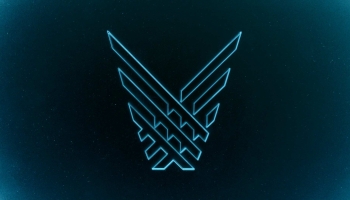
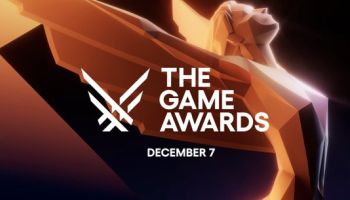
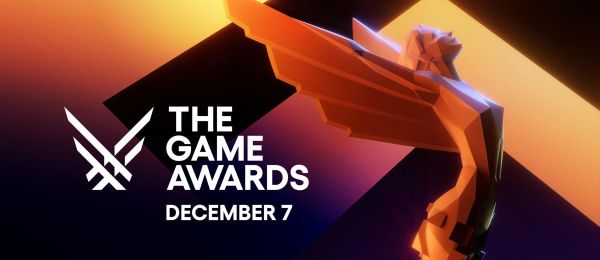
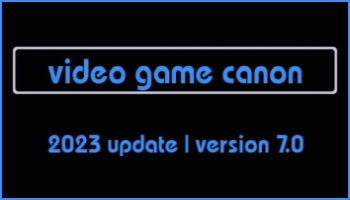




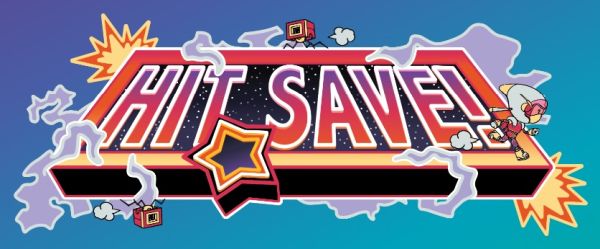
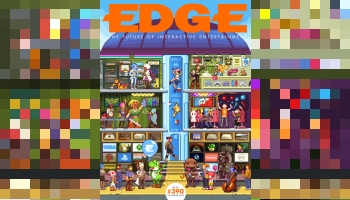
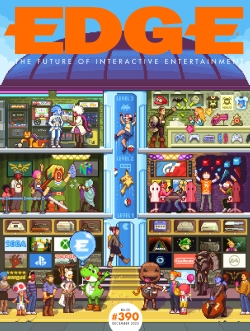 The magazine racks at your local bookstore (or even your local Barnes & Noble) are mostly empty these days. And that’s doubly-true for game-focused publications like Nintendo Power, GamePro, and Electronic Gaming Monthly, all of which closed down more than a decade ago.
The magazine racks at your local bookstore (or even your local Barnes & Noble) are mostly empty these days. And that’s doubly-true for game-focused publications like Nintendo Power, GamePro, and Electronic Gaming Monthly, all of which closed down more than a decade ago.
 Between David Kushner’s Masters of Doom, Dan Pinchbeck’s Doom: SCARYDARKFAST, and John Romero’s Doom Guy, a lot of words have been written about the development of Doom and its impact on the rest of the games industry. But you’ll definitely want to make room on your digital shelves for at least one more upcoming book about id Software’s masterpiece.
Between David Kushner’s Masters of Doom, Dan Pinchbeck’s Doom: SCARYDARKFAST, and John Romero’s Doom Guy, a lot of words have been written about the development of Doom and its impact on the rest of the games industry. But you’ll definitely want to make room on your digital shelves for at least one more upcoming book about id Software’s masterpiece.

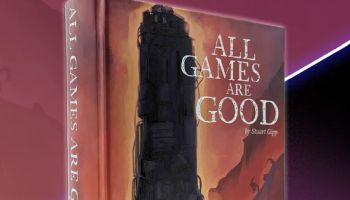
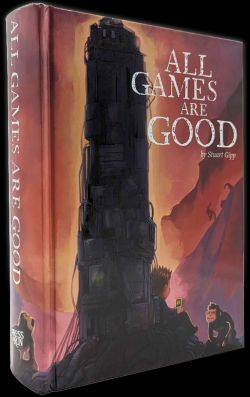 It shouldn’t be surprising, but you’ll see a lot of the same titles if you peruse the
It shouldn’t be surprising, but you’ll see a lot of the same titles if you peruse the 